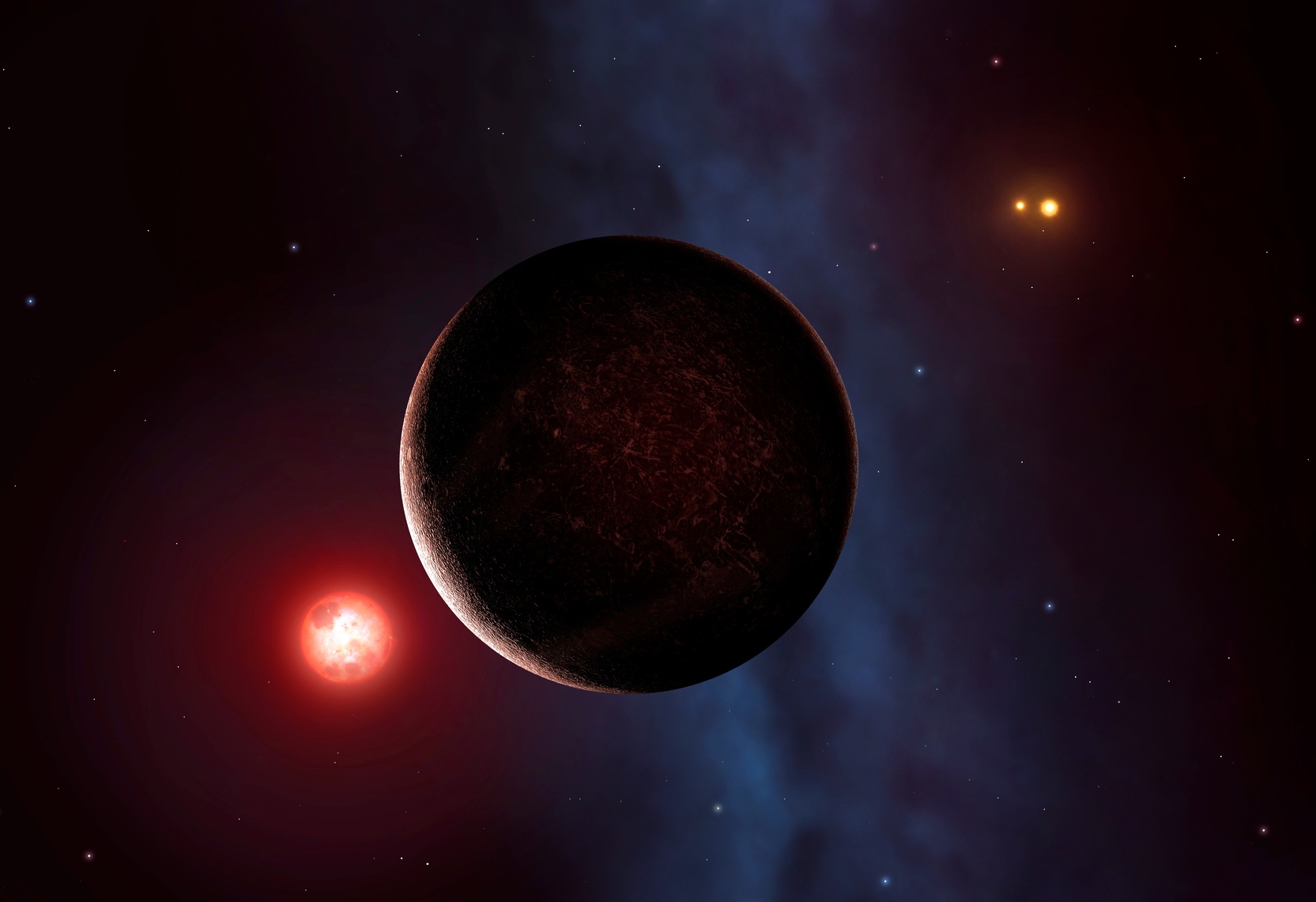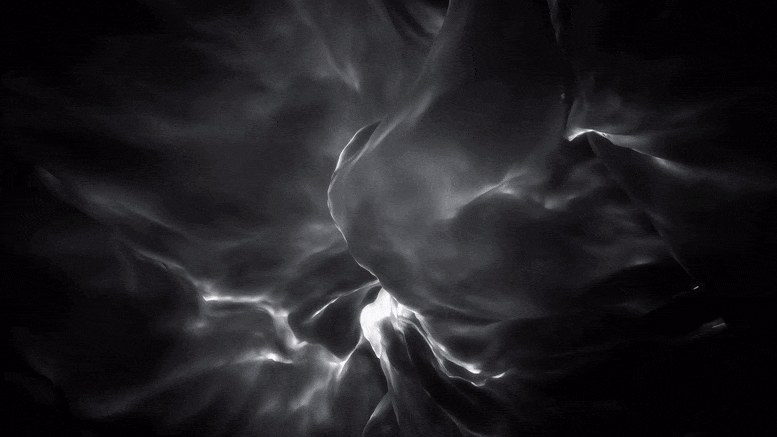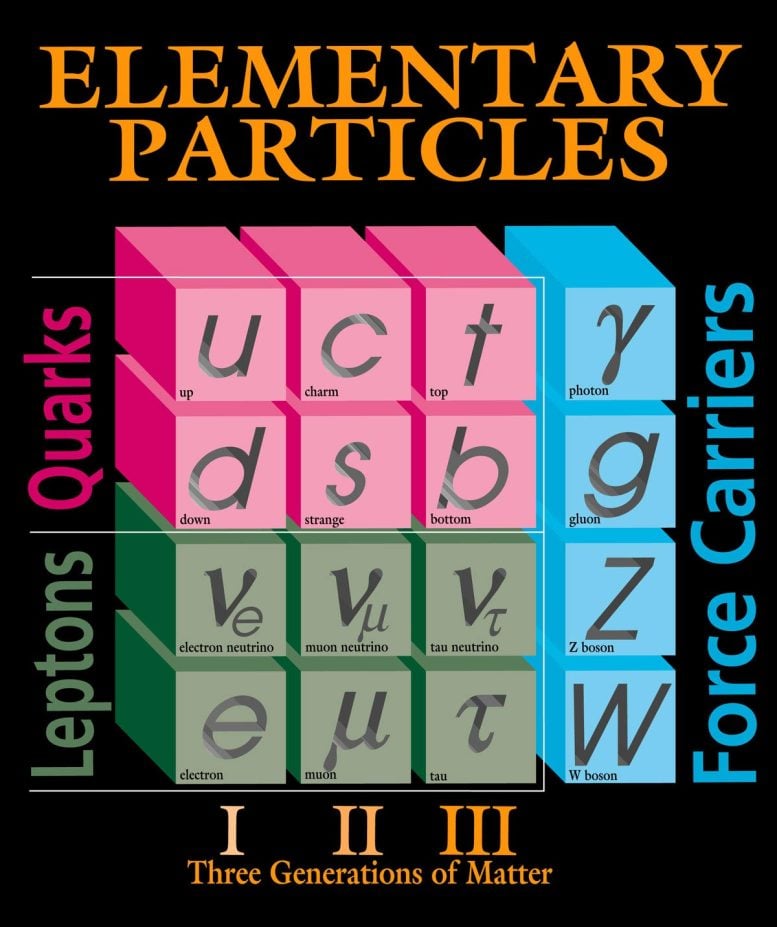When it comes to size and spectacle, the peak of the Space Age passed in 1973, with the final flight of the Saturn vrocket that had carried the Apollo astronauts to the moon. Taller than the Statue of Liberty, the Saturn v could lug 140 tonnes into orbit. Its first flight, in 1967, provoked Walter Cronkite, an American news anchor reporting far from the pad, to exclaim: “My God, our building’s shaking here!” as ceiling tiles fell around him. Half a century later, nothing as powerful has reached orbit since (see chart 1).
Listen to this story. Enjoy more audio and podcasts on
iOS or
Android.
Not far from Boca Chica, a Texan hamlet a couple of miles from the Mexican border, SpaceX, a rocketry firm founded by Elon Musk, is developing a machine that it hopes will change that. Built from gleaming stainless steel, with its nose adorned with fins and ten metres taller than even the Saturn v, Starship looks like something from the cover of a 1950s pulp science-fiction magazine. Its planned payload of up to 150 tonnes means that five Starship flights could put more stuff into space than the rest of the world managed with 135 rocket launches in 2021. Its upper stage contains more pressurised volume than the International Space Station, which took a decade, dozens of launches and perhaps $100bn to assemble.
But it is not just the size that matters. When a Saturn v took off to send men to the Moon, the only bit of the 2,800 tonnes of hardware which came back was a cramped five-tonne capsule with three men inside. Each new mission meant a new Saturn v. With Starship, the idea is that all the hardware will come back: the massive booster stage almost immediately, the second, orbital stage after fulfilling whatever mission it had been sent on.
At a press event on February 10th to show off an assembled rocket Mr Musk reiterated his reasons for founding SpaceX: to buy humanity an insurance policy against existential risks by establishing a colony on Mars. Starship is designed to transport the million tonnes of supplies he thinks is needed for that job—roughly 100 times more mass than has been launched since the start of the Space Age. To that end, it is designed to be not only the biggest rocket ever built, but also the cheapest. Existing rockets cost tens to hundreds of millions of dollars per launch (the Saturn v may have cost over $1bn in today’s money). Despite Starship’s size, SpaceX hopes to cut that to the low millions.

Mars colonies, if they ever come, remain a long way off. But Starship’s unprecedented combination of size and frugality could upend the economics of the space business closer to Earth, too. An industry used to shaving grams of mass and cramming complicated payloads into small cargo bays will see those restrictions lifted. Some scientists are already imagining extravagant space missions that would make full use of the rocket’s huge capacity. nasa intends to use it to land astronauts on the Moon; America’s soldiers are eyeing it up, too. And Starship is vital to the future of SpaceX itself, which was valued recently at more than $100bn (see chart 2).
But first the rocket needs to fly. A series of test flights of Starship’s upper stage (which, in isolation, is rather confusingly also called “Starship”) have ended in crash-landings and explosions. A successful flight came on May 5th last year, when an upper stage flew 10km into the air before landing safely back on its pad. A full-fledged orbital test of the two-stage form of the rocket, with one Starship upper stage sitting atop a Super Heavy booster, had been due in January.
That orbital flight, though, needs approval from regulators, who were deluged with thousands of public comments. Officials have promised a decision within weeks. But broader environmental issues could yet force the firm to suspend work at Boca Chica entirely. An internal memo leaked last year revealed serious problems with the Raptor engines intended to power Starship. In his press conference, Mr Musk left himself a fair amount of wriggle room. An orbital flight, he said, might come in “a couple of months”—though it could also slip to the end of the year.
Zero gravitas
Something like Starship has been in development at SpaceX for over a decade, under names such as mct (Mars Colonial Transporter), its (Interplanetary Transport System), and bfr (Big Fucking Rocket). Earlier versions were huger still: the itshad a 300-tonne payload at one point. But all versions had one thing in common: they are designed to be entirely reusable.
SpaceX already flies partially reusable rockets: the first stages of its Falcon 9 machines fly back to Earth under their own power. Once refurbished and refuelled, they can fly again, spreading their construction cost over many launches. But their second stages, which end up much higher and moving at orbital speeds, remain expendable.
With Starship, SpaceX plans to recover both parts. Its Super Heavy first stage, like the Falcon 9’s, is designed to fly back to the ground shortly after launch. SpaceX plans to catch it in mid-air with a pair of robotic “chopsticks” attached to the launch tower from which it took off.
Recovering the upper stage requires more drama. Starship will fall belly-first from space, relying on atmospheric drag to shed most of its speed. It will use its stubby fins for control, “rather like how skydivers use their hands and feet”, says Scott Manley, a physicist and programmer who runs a popular rocketry-focused YouTube channel. When it is within a few hundred metres of the ground it will flip itself upright, relight some of its engines and make a rocket-powered landing of its own.
Several test flights have practised this flipping manoeuvre already, though not after a descent from orbit. Mr Musk (whose bold visions sometimes work, and sometimes do not) hopes that each Super Heavy booster could be ready to fly again within an hour. Since the rocket’s upper stages would have to complete at least one orbit before returning to Earth, he hopes they might one day manage three flights a day. (The minimum re-use time for a Falcon first stage is about a month.)
Starship’s Raptor engines are also designed with reusability in mind, says Mr Manley. They use a sophisticated, highly efficient design pioneered—but never flown—in the Soviet Union in the 1960s. Somewhat unusually, they run on methane rather than kerosene, a more-commonly used rocket fuel. Methane produces very little soot, which helps keep the engine’s internals clean—another boon for an engine intended to fly again and again. And both methane and the oxygen necessary to burn it can be made from Mars’s thin carbon-dioxide atmosphere with the help of some straightforward industrial chemistry. SpaceX hopes that could, one day, allow Mars-bound Starships to refuel for a return trip to Earth.
But high-level design decisions are not the only reason Starship is cheap. SpaceX has an iterative, rapid-fire, startup-style culture very different from that of older aerospace firms (hence all the crash-landings and explosions). Mr Musk’s development philosophy is that “if things are not failing, you aren’t innovating enough.” In a speech in November to America’s National Academies of Sciences, Engineering and Medicine he spoke of running a dozen test flights in 2022. The firm mixes high-tech, bespoke design in some areas (such as the Raptor engines) with a make-do-and-mend attitude elsewhere (some Super Heavy prototypes have fins controlled by electric motors taken from cars made by Tesla, another of Mr Musk’s businesses).
One good example is the rocket’s stainless-steel construction. Starship was originally going to be built from high-tech carbon-fibre composites, which are both very strong and very light. But in 2019, despite having produced several big components, SpaceX went back to the drawing board. Carbon composites, it turns out, have several disadvantages. They are porous, fiddly to work with, and need to be cured in an autoclave—not easy when making rocket-body segments that are nine metres across. And, at around $130 per kilogram, composites are expensive.
Stainless steel, by contrast, is strong but heavy and therefore not an obvious choice for rocket-building. Some steel alloys, though, get significantly stronger as they cool down, meaning less is required for a given strength. And since Starship uses cryogenic propellant, cooling is in abundant supply. Steel is tougher, too, which can save weight elsewhere. SpaceX hopes to get away with applying a heat shield to only the windward part of the upper stage, which feels the full force of re-entry heating, leaving the leeward side as bare metal and saving mass. Stainless steel does not need painting, which reduces weight. It is much easier to work with, and costs mere dollars per kilogram. For a company that intends to mass-produce its rocket, says Simon Potter at BryceTech, a firm of space-industry analysts, that matters.
That may sound like a risky approach when it comes to something as unforgiving as rocket science. But it has served SpaceX well so far. It has pulled off 111 Falcon 9 launches in a row without failure, making it one of the most reliable rockets ever flown. Some Falcon 9 first stages have already been launched ten times.
A cheap, big, reusable rocket has been a dream of space cadets for decades. On paper, at least, Starship fulfils it. “You almost get to a point where launch costs would go away entirely as a consideration,” says Mr Potter. Mr Musk has talked of eventually building a fleet of Starships. If each were indeed launching several times a day, that would give SpaceX the ability to lug a million tonnes of stuff into orbit each year. BryceTech reckons that, in 2021, the world managed 750 tonnes. What you might do with all that capacity (other than supplying a future Mars colony) is another question.
Jonathan McDowell, an astrophysicist and rocket enthusiast at the Harvard-Smithsonian Centre for Astrophysics, notes that Starship’s colossal size might go unused in the commercial-satellite market, at least for the foreseeable future. “There just isn’t currently a market for large numbers of enormous payloads,” he says. SpaceX’s Falcon Heavy, with a payload capacity of 64 tonnes, is the most powerful rocket currently flying. Its first launch was in 2018, but it has only flown twice since.
The satellite industry might adapt, in time. In any case, Mr Musk has indicated that Starship, thanks to its cheapness, will replace SpaceX’s smaller Falcon rockets, which already have a market share of around 50%. If he sticks to that plan, then early commercial launches of Starship could fly with their holds mostly empty.
Congenital optimist
One medium-term option might be space tourism, says Mr Potter. Existing rockets from Blue Origin or Virgin Galactic can already carry a handful of thrillseekers into space—though not to orbit. Starship could take perhaps 100 people on an orbital trip, or a smaller number even further and in greater luxury.
On February 14th Jared Isaacman, an American billionaire who has already flown into orbit with SpaceX announced that he had ordered three further flights from the firm. The first two will use SpaceX’s existing Falcon rockets—but the third, said Mr Isaacman, should mark Starship’s first crewed flight. Meanwhile Yusaku Maezawa, a Japanese billionaire, has contracted with SpaceX to send himself and up to a dozen companions on a six-day jaunt around the Moon and back.
Jennifer Heldmann, a planetary scientist at nasa’s Ames Research Centre who has written a paper about what Starship could do for science, is more excited. Starship’s upper stage is designed to be refuelled in orbit, with extra fuel brought up in the cargo bay of other Starships. A full refill would require several extra flights. But the pay-off, says Dr Heldmann, would be the ability to deposit 100 tonnes or more of cargo on the surface of almost any body in the solar system. (The Perseverance rover that landed on Mars last year had a total mass, with its lander, of about four tonnes.)
Cheap launches might not be immediately revolutionary. Science missions are expensive, and even pricey launches make up only a small chunk of the overall budget. But Dr Heldmann points out that Starship would enable much more ambitious missions, getting scientists more bang for their buck. One option, she says, would be to fly larger quantities of cheaper kit. “All that payload capacity means you could use off-the-shelf components rather than having to custom-make and miniaturise things,” she says.
Another option would simply be to go big. Perseverance, which cost $2.7bn, carries a drill that can excavate a few inches of Martian regolith. Starship, says Dr Heldmann, could carry a full-sized drilling rig that could bore kilometres deep.
And it could also open up access to the outer planets, which have historically been tricky to send missions to. In recent years the watery moons of Saturn and Jupiter have overtaken Mars as the most promising places to search for alien life. One group of scientists has drawn up a plan to use Starship to explore Neptune, which has been visited just once before, in 1989, when the American Voyager 2 probe zoomed by on its way out of the solar system. Such a space craft could weigh tens of tonnes, compared with just 722kg for Voyager 2.
America’s government is another potential customer. The country’s newly minted Space Force is looking into Starship for its Rocket Cargo programme, which is designed to explore whether the rocket could be used to deliver equipment rapidly to anywhere on the planet. And with space a vital part of warfighting, America’s armed forces would welcome the ability to replenish shot-down satellites quickly and cheaply.
nasa, meanwhile, has chosen a modified version of Starship’s upper stage to ferry astronauts to the lunar surface as part of its ambitious Artemis programme. Most of Artemis is designed to use the Space Launch System (sls), another jumbo-sized rocket that nasa is developing as a successor to the Space Shuttle. But the slshas a lower cargo capacity than Starship does, and a launch cost projected at $2bn a time. If Starship works, nasa could come under pressure to scrap the sls entirely.
SpaceX, for its part, knows exactly what it wants to do with Starship, even before it starts thinking about Mars. Its Starlink project aims to use swarms of thousands of low-flying satellites to beam high-speed internet to anywhere on Earth’s surface. Gwynne Shotwell, SpaceX’s chief executive, has noted that the global telecommunications market is worth perhaps $1trn a year. SpaceX thinks it might reasonably aspire to about 3-4% of it.
Because low-flying satellites can see only a small portion of the Earth’s surface, Starlink requires enormous numbers of them. The firm already has about 1,655 in orbit, about a third of the total number of active satellites in space. It has permission from American regulators to fly 12,000, and is trying to obtain a licence for 30,000.
But first, SpaceX has to make the rocket work. In his press conference Mr Musk was at pains to play down the probability of the orbital test—when it happens—going smoothly. Even if it did, plenty more testing would be needed before the rocket would be ready to fly real cargo.
Regulatory battles may be looming, too. The firm’s Boca Chica facility was built on the understanding that it would be used for the Falcon Heavy, a much smaller rocket than Starship. Explosions from failed flight tests have scattered debris over a wide area, says Mr Manley, while road closures annoy locals. Environmental regulators are reportedly unhappy, and pushing for a full review of the firm’s licence. Mr Musk has said that, in the worst case scenario, SpaceX would have to move Starship development to Cape Canaveral in Florida, which would delay things for months.
Nervous energy
Even then, Starship’s capabilities could go unused. The true size of the market for Starlink remains unknown. As for his grandest ambition, it is not at all clear how many people would volunteer to live on Mars. The sales pitch, said Mr Musk, is that “it’s going to be cramped, dangerous, difficult, very hard work [and] you might die.”
Despite the technical challenges ahead, it would take a bold person to bet against SpaceX. In 2008, after the first three launches of its tiny Falcon 1 rocket had failed, the firm almost went under. But the fourth launch worked. The Falcon 9’s impressive failure-free run was preceded by more than a dozen unsuccessful attempts to land its first stage. Mr Musk, for his part, is confident. “[Starship] will work,” he said. “There’ll be a few bumps along the road, but it’ll work.”































